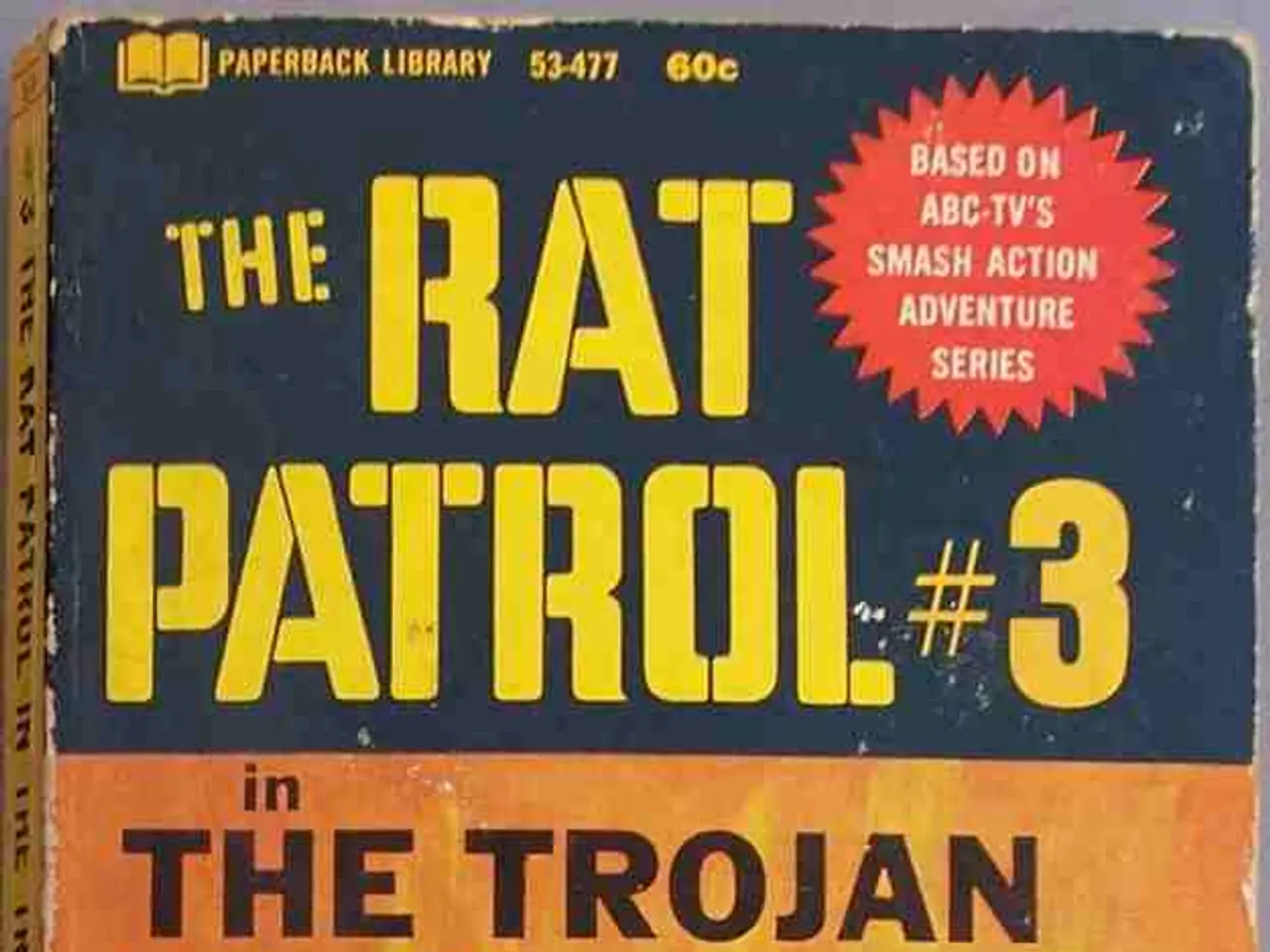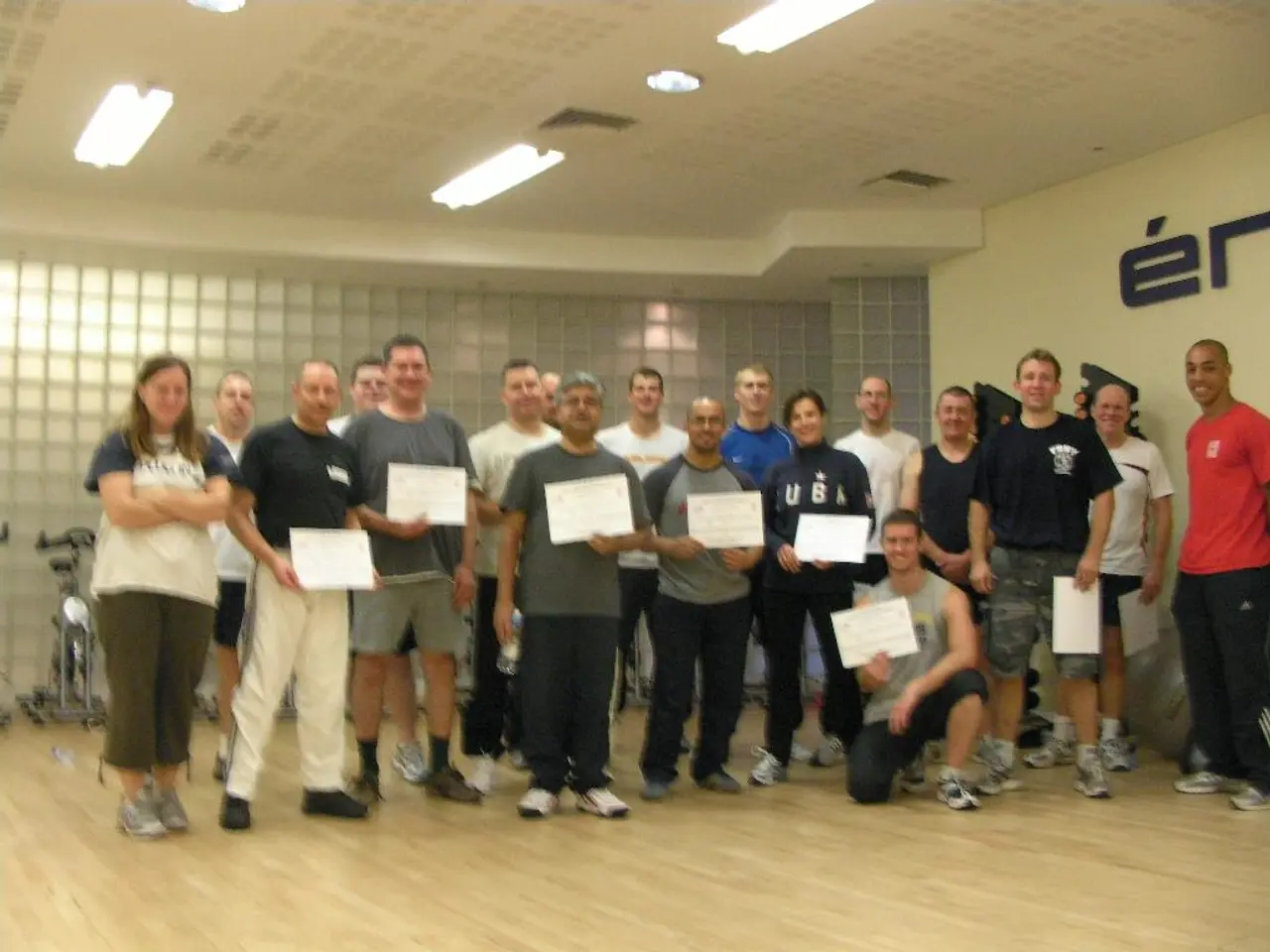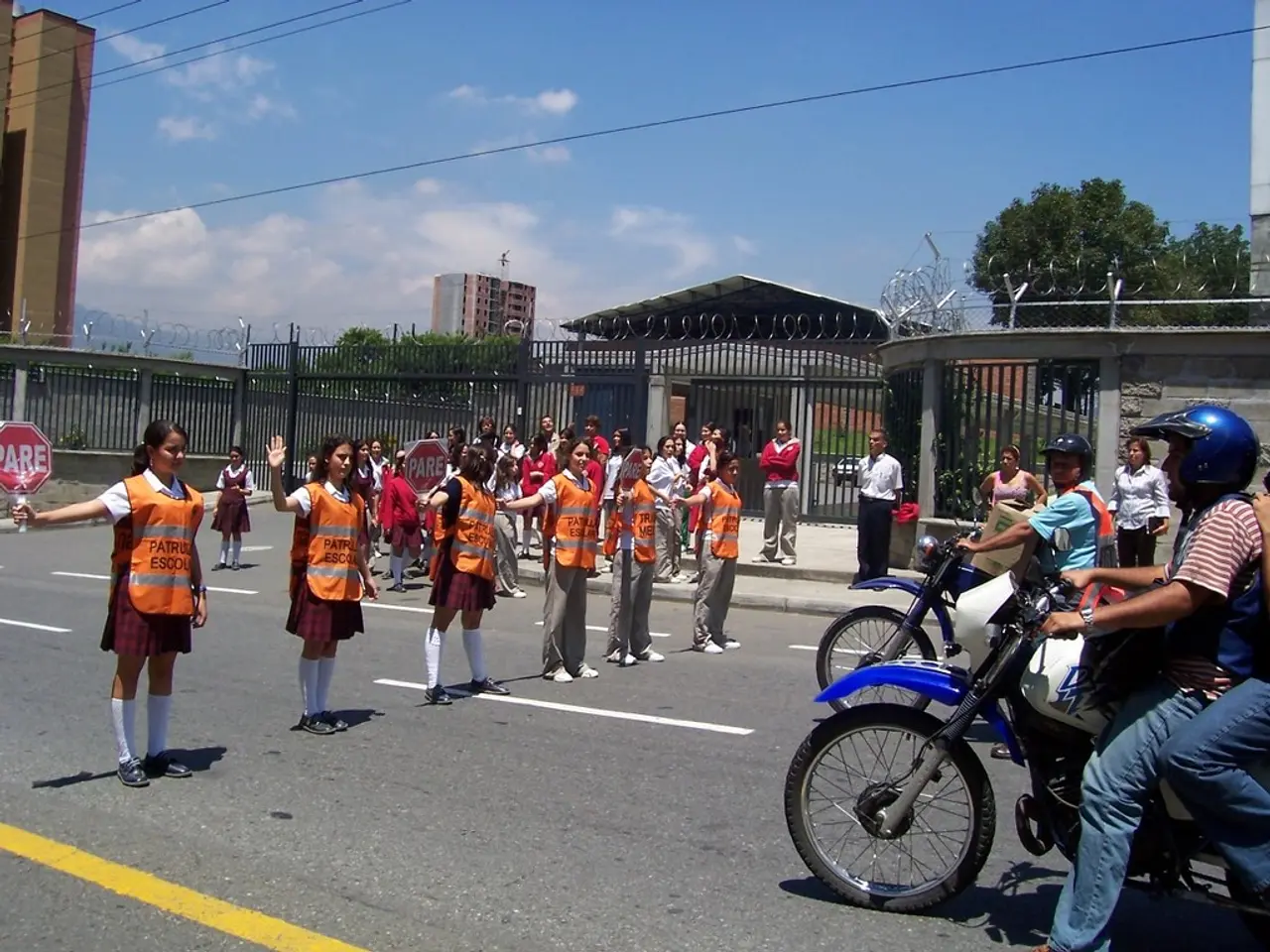Soldiers stationed on opposing lines during Christmas Eve of 1914 momentarily ceased hostilities, exchanging holiday cheer through carol singing.
In the heart of the First World War, on December 24–25, 1914, an unexpected and unofficial cease-fire known as the Christmas Truce unfolded along parts of the Western Front. This remarkable event brought together soldiers from opposing sides, primarily British and German troops, in a moment of shared humanity and peace.
The truce was not planned or sanctioned by military commanders and was limited to certain sectors—about two-thirds of the 30-mile front held by the British Expeditionary Force. It came after months of heavy casualties and stalemate, symbolizing a shared recognition among soldiers that they did not want to fight one another.
On Christmas Eve, German, French, and British soldiers could be heard singing carols to each other along the front lines. British soldiers sang 'O Come, All Ye Faithful', while their German counterparts responded with 'Adeste Fideles'. This musical exchange was a testament to the shared humanity that transcended the battlefield.
Soldiers paused their fighting to celebrate Christmas together by exchanging makeshift gifts such as cigarettes and newspapers, burying the dead, and even playing football in No Man's Land. Friendships were forged, conversations were had, and a brief moment of brotherhood was fostered amidst one of history’s deadliest conflicts.
Germans lit small Christmas trees on their trenches and exchanged friendly greetings and souvenirs with British soldiers. Indian soldiers serving in the British army also participated or witnessed the truce, with artifacts like Princess Mary’s spice tins found to have been exchanged, disproving the notion that the truce was solely between European troops.
The impact on the front lines was emotional and temporary. It provided a rare moment of humanity and peace in a brutal conflict but did not change the overall course of the war. Commanders on all sides were opposed to such fraternization, and the fighting resumed soon after. However, the Christmas Truce became a powerful symbol of the shared suffering and camaraderie among common soldiers despite political and national divisions.
The following Christmas of 1915 did not see a comparable truce due to increased military discipline and hardened attitudes on both sides. The truce, however, continues to inspire various cultural commemorations, including postage stamps and exhibitions reflecting on this moment of peace amid war.
It is important to note that this event occurred during the First World War, not World War II. The conditions during winter were deplorable, with the cold cutting straight to the bones of the soldiers. Despite the harsh circumstances, the truce allowed warring parties to bury their fallen comrades whose bodies lay frozen between the front lines. Prisoner swaps also occurred during the truce.
However, it had become clear to all participants that the war was not going to end anytime soon. Both Allied and German commanders strictly forbade any fraternisation during the truce. Contrary to popular myth, no specific pianos were parachuted onto battlefields during this time.
The Christmas Day truce of 1914 remains a powerful symbol of hope 110 years after it occurred. Hundreds of letters from soldiers wrote home about this event, describing German soldiers singing a carol, followed by a British response with one of their own. This brief moment of peace amidst the chaos of war serves as a poignant reminder of the shared humanity that can exist even in the darkest of times.
- Despite political divisions and ongoing war-and-conflicts, the Christmas Truce of 1914 demonstrated the impact of shared humanity and peace, even in sports, as soldiers from opposing sides engaged in friendly games of football in No Man's Land.
- The Christmas Truce, a remarkable event that transpired amidst the brutality of the First World War, was not just a moment of cessation in politics and general-news, but a powerful symbol that showcased the shared suffering and camaraderie among common soldiers, inspiring cultural commemorations for over a century.




